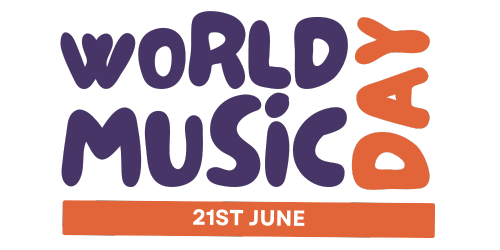Creating a vibrant and sustainable school music program is a rewarding endeavor that can significantly enhance the educational experience for students. It involves careful planning, community engagement, and a commitment to fostering a culture of musical excellence and appreciation. Here’s a comprehensive guide to building a school music program that resonates with students, parents, and the wider community.
Vision and Goals
1. Define Your Vision: Start with a clear vision of what you want your music program to achieve. Consider the role of music in your school’s educational philosophy, the types of ensembles or classes you plan to offer, and how you envision the program evolving over time.
2. Set Achievable Goals: Establish short-term and long-term goals for the program. These might include increasing student participation, offering a wide range of musical genres, achieving performance excellence, or integrating music across the curriculum.
Curriculum Development
3. Design a Comprehensive Curriculum: Develop a curriculum that caters to various skill levels, from beginners to advanced musicians. Include a balanced mix of performance, theory, history, and composition to provide a well-rounded music education.
4. Adapt to Student Interests and Needs: Tailor your program to reflect the interests and cultural backgrounds of your students. Offering a variety of musical styles, including contemporary, world music, and traditional genres, can increase engagement and participation.
Resources and Facilities
5. Secure Instruments and Equipment: Assess the needs for instruments, sheet music, and other equipment. Explore options for renting, purchasing, or securing donations to build your inventory. Ensure you have adequate storage and maintenance plans.
6. Utilize Space Effectively: Identify suitable spaces for rehearsals, performances, and storage. If space is limited, consider scheduling creative solutions or collaborating with other departments for shared use.
Faculty and Staff
7. Hire Qualified Instructors: Recruit passionate and skilled music educators who can inspire students and contribute to the program’s goals. Consider a mix of full-time teachers and part-time instructors or guest artists to offer specialized instruction.
8. Professional Development: Provide opportunities for music faculty to engage in professional development. This can include workshops, conferences, and networking with other music educators to share best practices and new ideas.
Student Engagement
9. Foster a Positive Environment: Create an inclusive and supportive atmosphere where students feel valued and motivated to participate. Encourage teamwork, respect, and a sense of ownership among students.
10. Offer Performance Opportunities: Organize regular performances, such as concerts, recitals, and school events, to showcase students’ talents and hard work. Consider community outreach performances to build program visibility and support.
Community Involvement
11. Engage Parents and Guardians: Keep parents informed and involved in the music program. Offer volunteer opportunities, organize fundraising events, and invite them to performances to foster a strong support network.
12. Build Partnerships: Establish partnerships with local arts organizations, universities, and community groups. These partnerships can provide additional resources, performance opportunities, and workshops for students.
Funding and Sustainability
13. Develop a Funding Strategy: Identify sources of funding, including school budgets, grants, donations, and fundraising activities. A clear budget will help sustain the program and support its growth.
14. Measure and Communicate Success: Regularly assess the program’s impact on student achievement, engagement, and community involvement. Share successes with the school administration, parents, and the community to maintain and grow support.
Conclusion
Building a school music program is a dynamic process that requires dedication, creativity, and collaboration. By setting a clear vision, developing a robust curriculum, and actively engaging students and the community, music educators can create a program that not only enriches students’ lives but also becomes a cherished part of the school’s culture and identity. Remember, the ultimate goal is to inspire a lifelong love and appreciation for music in all students.
